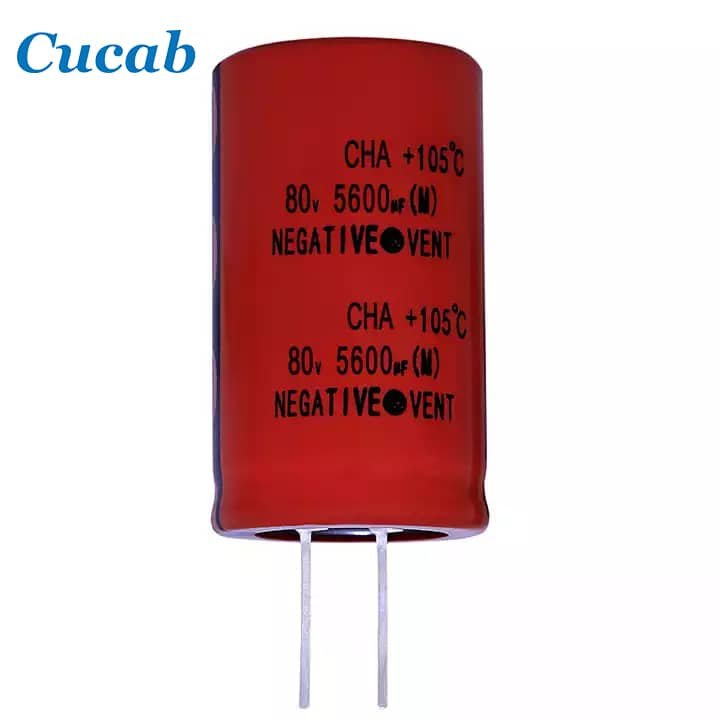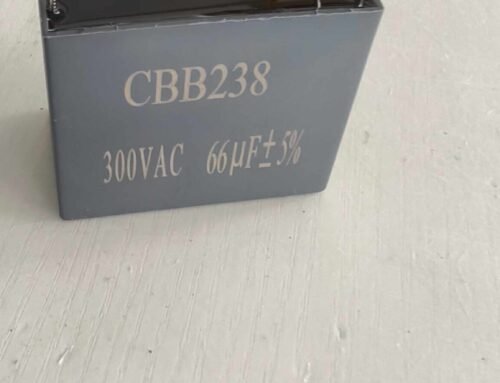1、Kapacitancia sa vo všeobecnosti vyjadruje písmenom "C" plus číslo v obvode (napr. C13 znamená kondenzátor s číslom 13). Kondenzátor je súčiastka pozostávajúca z dvoch kovových fólií, ktoré sú blízko seba a uprostred sú oddelené izolačným materiálom. Hlavnou charakteristikou kondenzátora je jednosmerný tok prúdu.
Veľkosť kapacity je veľkosť elektrickej energie, ktorú možno uložiť, a prekážka striedavého signálu kondenzátorom sa nazýva kapacitný odpor, ktorý súvisí s frekvenciou a kapacitou striedavého signálu.
Kapacitný odpor XC=1/2πf c (f znamená frekvenciu striedavého signálu, C znamená kapacitu)
V telefónoch sa bežne používajú tieto typy kondenzátorov: elektrolytické kondenzátory, porcelánové čipové kondenzátory, čipové kondenzátory, monolitické kondenzátory, tantalové kondenzátory, polyesterové kondenzátory atď.
2、Metóda identifikácie: Metóda identifikácie kondenzátora je v podstate rovnaká ako metóda identifikácie rezistora, ktorá sa delí na 3 druhy: metóda priameho označenia, metóda farebného označenia a metóda číselného označenia.
Základnou jednotkou kapacity je farad (F), ďalšie jednotky sú: milifarad (mF), mikrofarad (uF), nanofarad (nF), pF (pF).
Kde: 1 farad = 103 mF = 106 mikrofaradov = 109 nanofaradov = 1012 pikofaradov
Hodnota kapacity kondenzátora s veľkou kapacitou je uvedená priamo na kondenzátore, napríklad 10 uF/16V
Hodnota kapacity malého kondenzátora je označená písmenami alebo číslicami na kondenzátore
Abecedné zobrazenie: 1m=1000 uF 1P2=1,2PF 1n=1000PF
Digitálne zastúpenie: Prvé dve čísla sú efektívne čísla a tretie číslo je násobiteľ.
Napríklad: 102 znamená 10×102PF=1000PF 224 znamená 22×104PF=0,22 uF
3、Tabuľka chýb kapacity kondenzátora
Symbol F G J K L M
Prípustná chyba ±1% ±2% ±5% ±10% ±15% ±20%

Hliníkový elektrolytický kondenzátor




